In an era where citizens demand clarity on how their taxes are spent, governments face a pressing challenge - bridging the gap between bureaucratic processes and public trust. Project Monitoring Dashboards (PMDs) can help governments to successfully navigate this challenge. PMDs are digital tools revolutionizing governance by transforming opaque workflows into transparent, data-driven narratives. These dashboards aren’t just fancy visuals; they are the linchpin for fostering accountability, streamlining decision-making, and aligning public projects with the United Nations Sustainable Development Goals (UN SDGs). But how exactly can governments leverage PMDs to rebuild trust and ensure efficient governance?
.jpg)
The Transparency Imperative- From Data Silos to Public Trust
Imagine a Rubik’s Cube- each twist represents a government department, stakeholder, or dataset. Without a unified view, solving the puzzle is impossible. Traditional governance often operates in silos, with disjointed data trapped in spreadsheets or buried in reports. PMDs act as the solver, aggregating real-time data into centralized monitoring platforms that track project progress, budgets, and KPIs across sectors. For instance, the Philippines’ Budget Analytics Dashboard ranked top in Asia for transparency allows citizens to filter data on public spending, demonstrating how digital tools democratize access to information.
Real-Time Accountability- Curbing Corruption, Boosting Efficiency
Corruption costs the global economy $3 trillion annually - a staggering 75 per cent of the SDG financing gap. PMDs counter this by providing real-time financial analytics, exposing discrepancies before they escalate. Consider Karnataka’s infrastructure projects: the state adopted Power BI dashboards to publicly track project timelines and expenditures. Such transparency deters malpractice while empowering citizens to scrutinize spending – this practice is akin to a live financial audit.
However, PMDs aren’t magic wands. Challenges like data quality and integration hurdles persist. For example, 74 countries still fail to publish budget documents online, per the Open Budget Survey 2023. Governments must prioritize data governance frameworks and cybersecurity to protect sensitive information while ensuring dashboards aren’t reduced to “data dumps” with outdated metrics.
Pivoting from Reactive to Proactive - AI and Predictive Governance
The future of PMDs lies in predictive analytics. Imagine dashboards that flag roadblocks in infrastructure projects before delays occur or forecast budget shortfalls using Artificial Intelligence (AI). During the pandemic, real-time health dashboards tracked COVID-19 cases and vaccine rollouts, enabling swift policy shifts. Similarly, AI-driven PMDs could predict climate risks or optimize resource allocation for SDG initiatives, turning governments into proactive custodians of public welfare.
.jpg)
How CSM Tech transformed Odisha Works Department with an impactful PMD
The Odisha Works Department faced significant project management challenges, including data discrepancies, the absence of centralized tools, and difficulties in tracking financials and performance. These issues hindered efficient project oversight and decision-making. To address these problems, CSM Tech implemented a PMD, which proved to be a game-changer.
The PMD provided the department with real-time access to project data, centralized information, performance analytics, and risk management tools. It enabled proactive schedule adjustments, improved project oversight, and data-driven decision-making. Leveraging technologies like Tableau for data visualization and IBM Data Stage for ETL (Extract, Transform, and Load) processes, the dashboard ensured robust and seamless data management.
The implementation of the PMD led to significant improvements in project oversight and management, including:
- Seamless monitoring of road and bridge projects across multiple divisions.
- Detailed budget analysis for tracking major expenditures.
- Improved stakeholder engagement through transparent and accessible project data.
- Enhanced tracking and management of project risks and delays.
Additionally, the PMD stands out for its unique strengths, such as seamless data integration with existing applications, the ability to upload both structured and unstructured datasets, effective data analysis and reporting with advanced visualization options, and enhanced Business Intelligence (BI) capabilities that uncover valuable insights. Notably, the solution qualifies for inclusion in the Gartner Magic Quadrant for Data Integration Tools, underscoring its excellence.
The Road Ahead - Balancing Innovation with Ethics
While PMDs promise a transparency revolution, ethical pitfalls loom. Over-reliance on dashboards risks reducing complex policies to simplistic metrics, and biased data could skew public perception. Governments must pair PMDs with robust oversight like legislative audits and citizen feedback loops to ensure accuracy and inclusivity.
PMDs are more than tech buzzwords; they are democracy’s cockpit, giving citizens a front-row seat to governance. By adopting international standards like IMF’s Fiscal Transparency Initiative, investing in emerging tech, and prioritizing public accessibility, governments can turn PMDs into engines of accountability. The result? A world where transparency isn’t an aspiration but a ritual. Transparency is the ultimate currency of trust.
















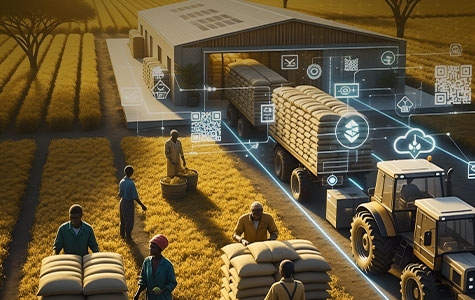















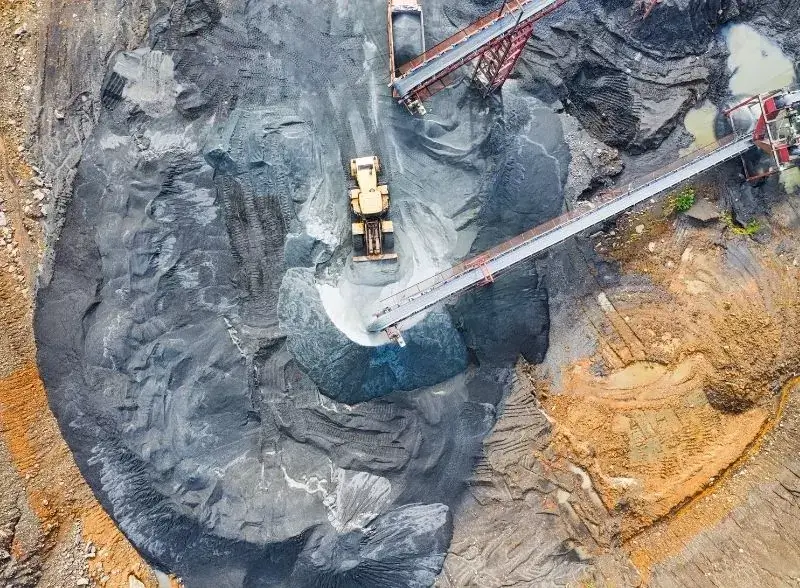



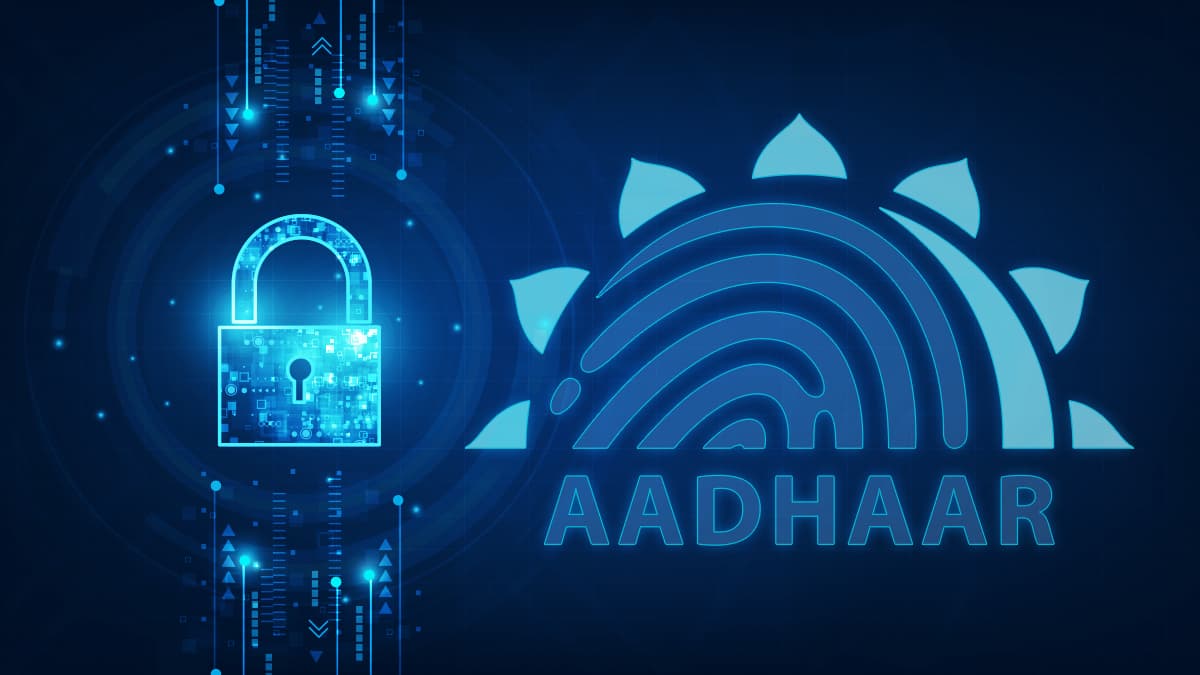
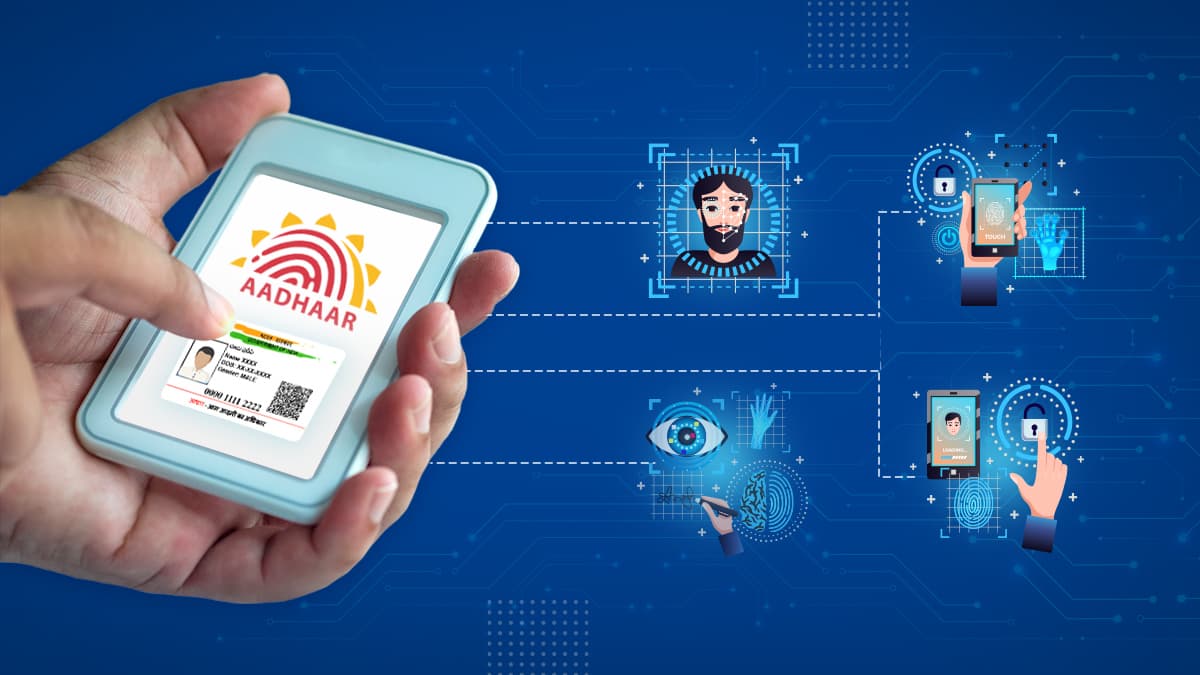
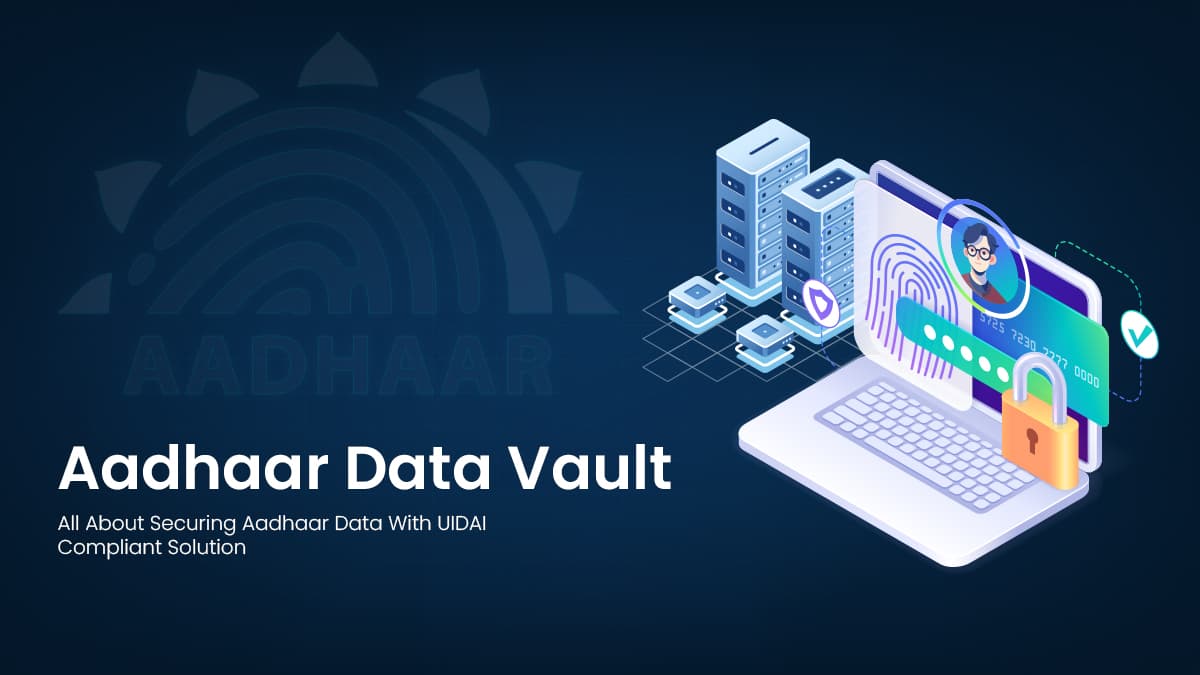



We will verify and publish your comment soon.